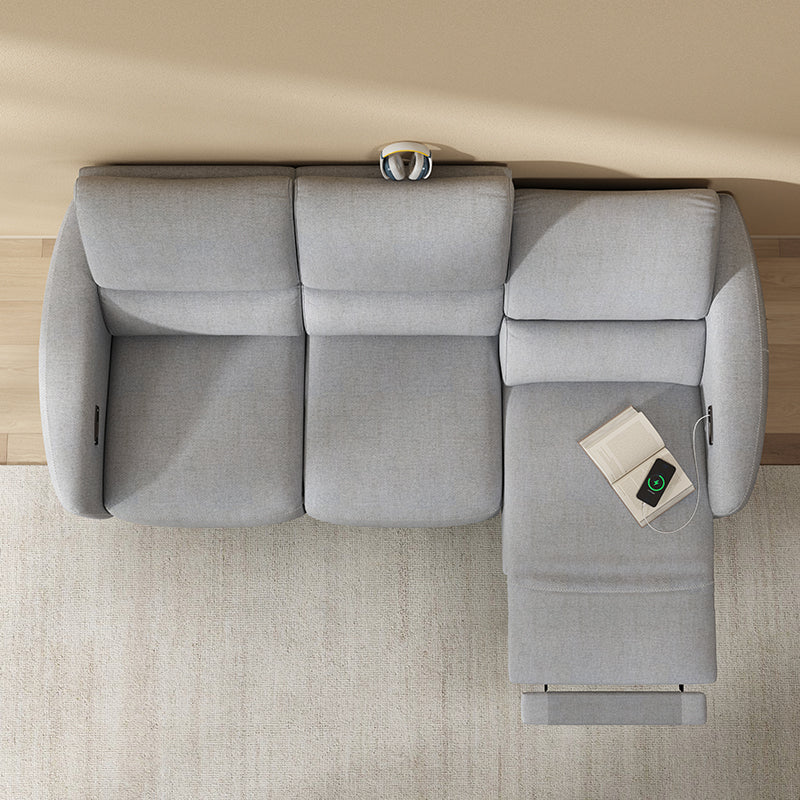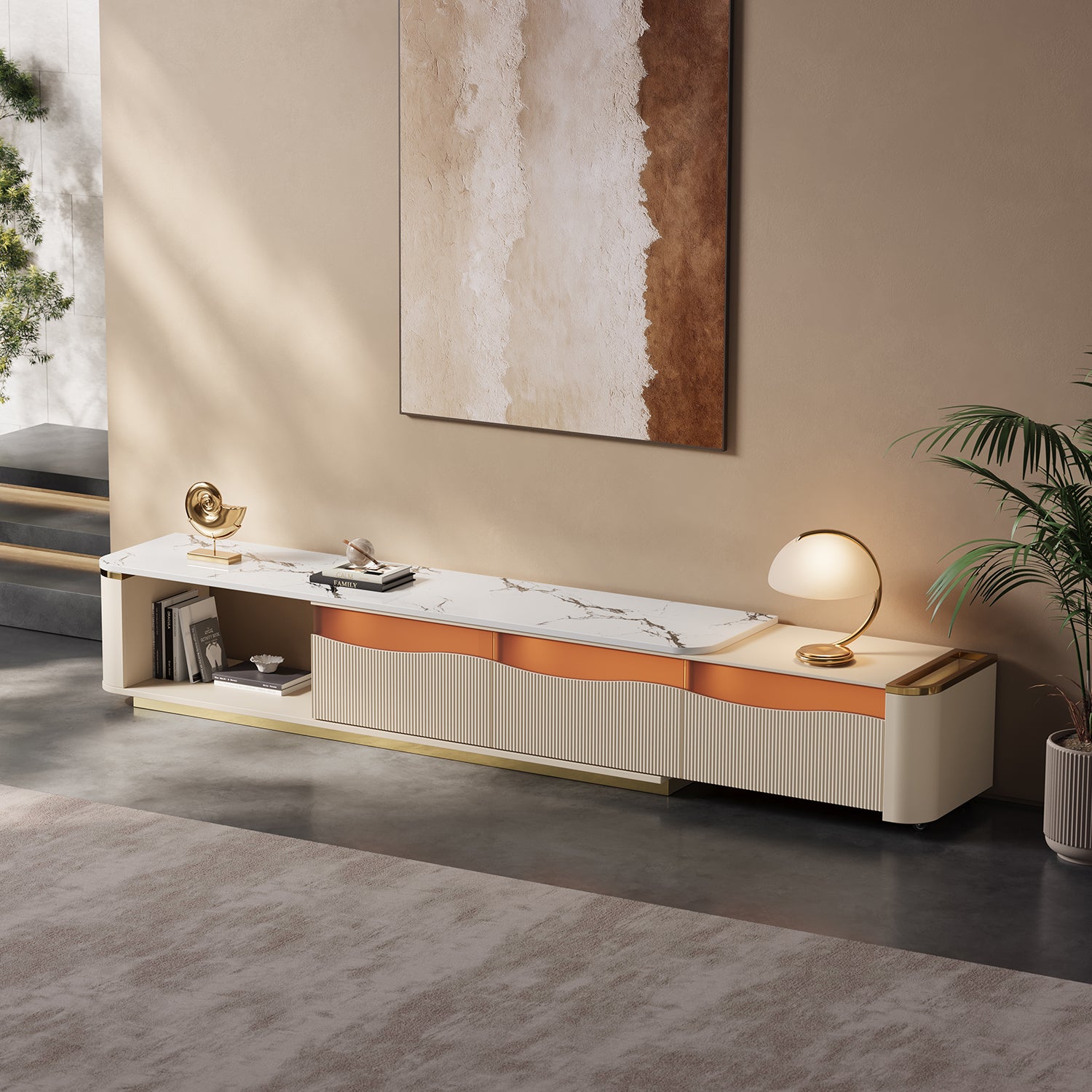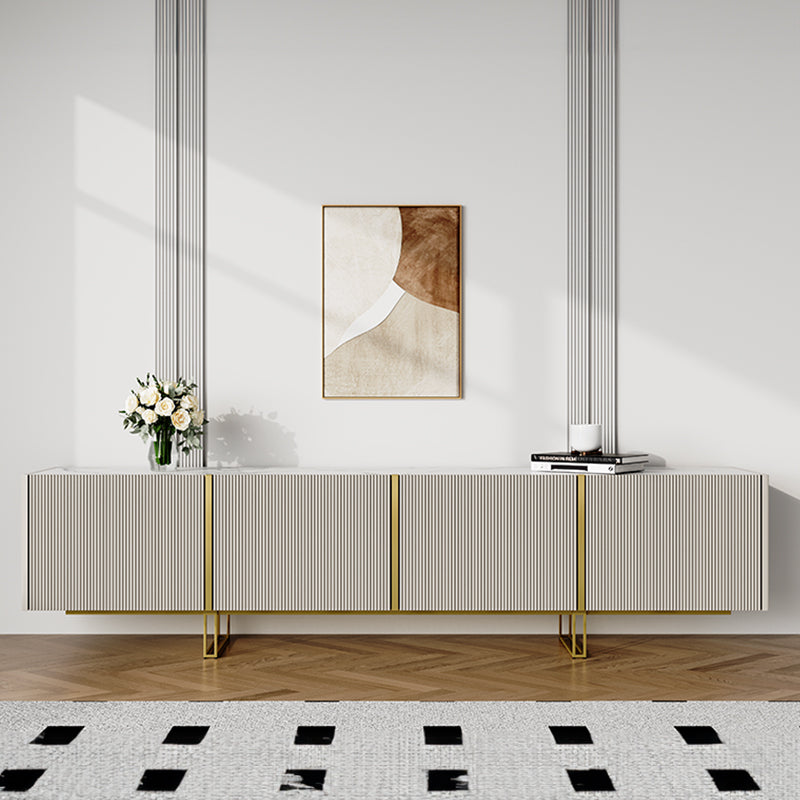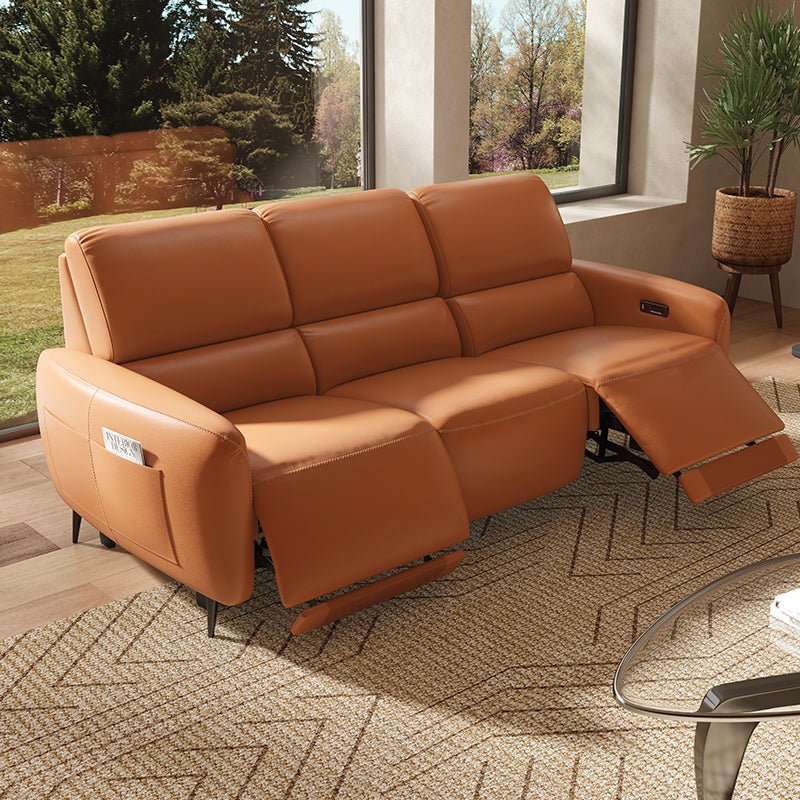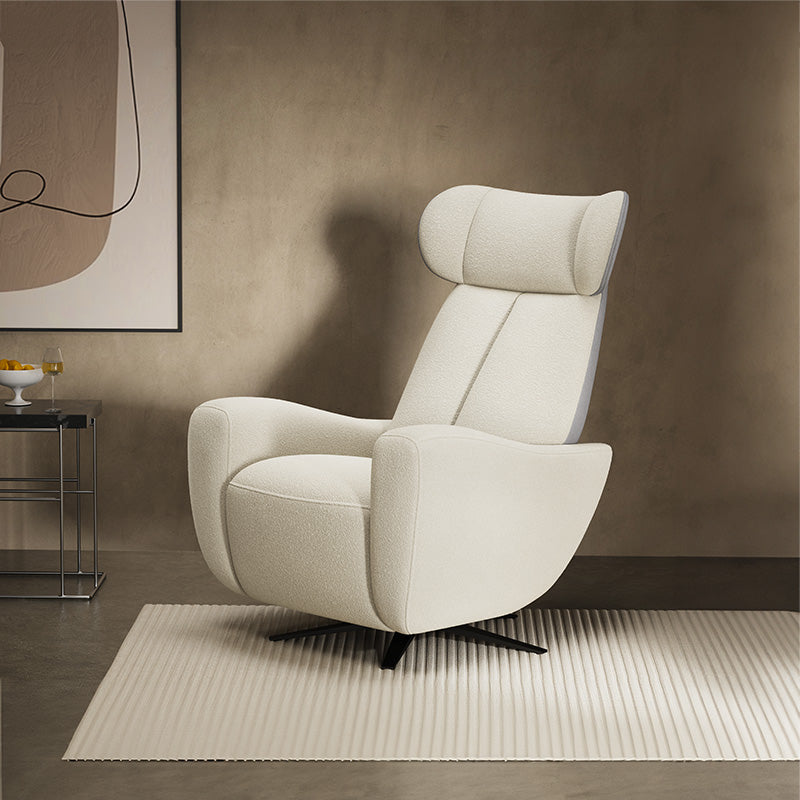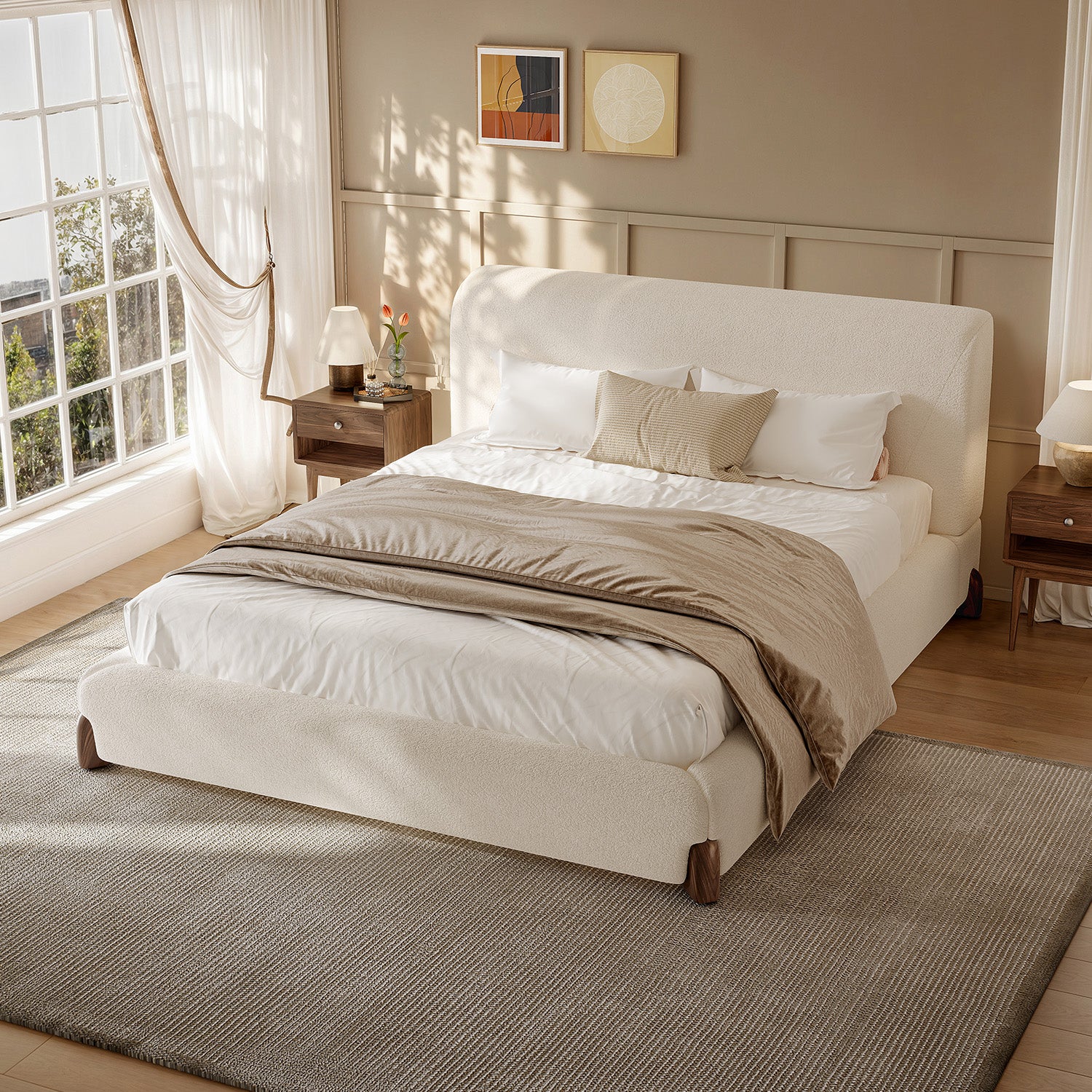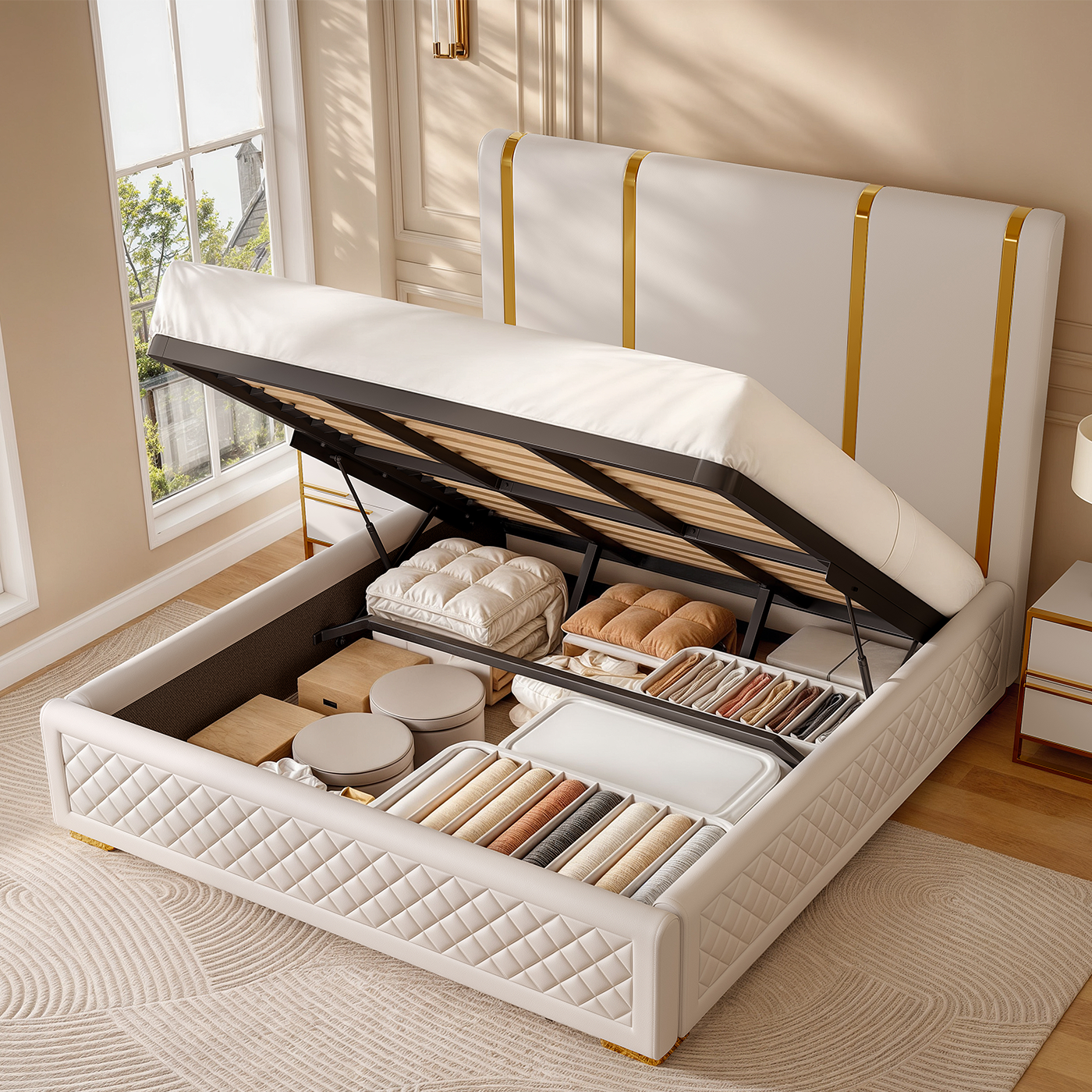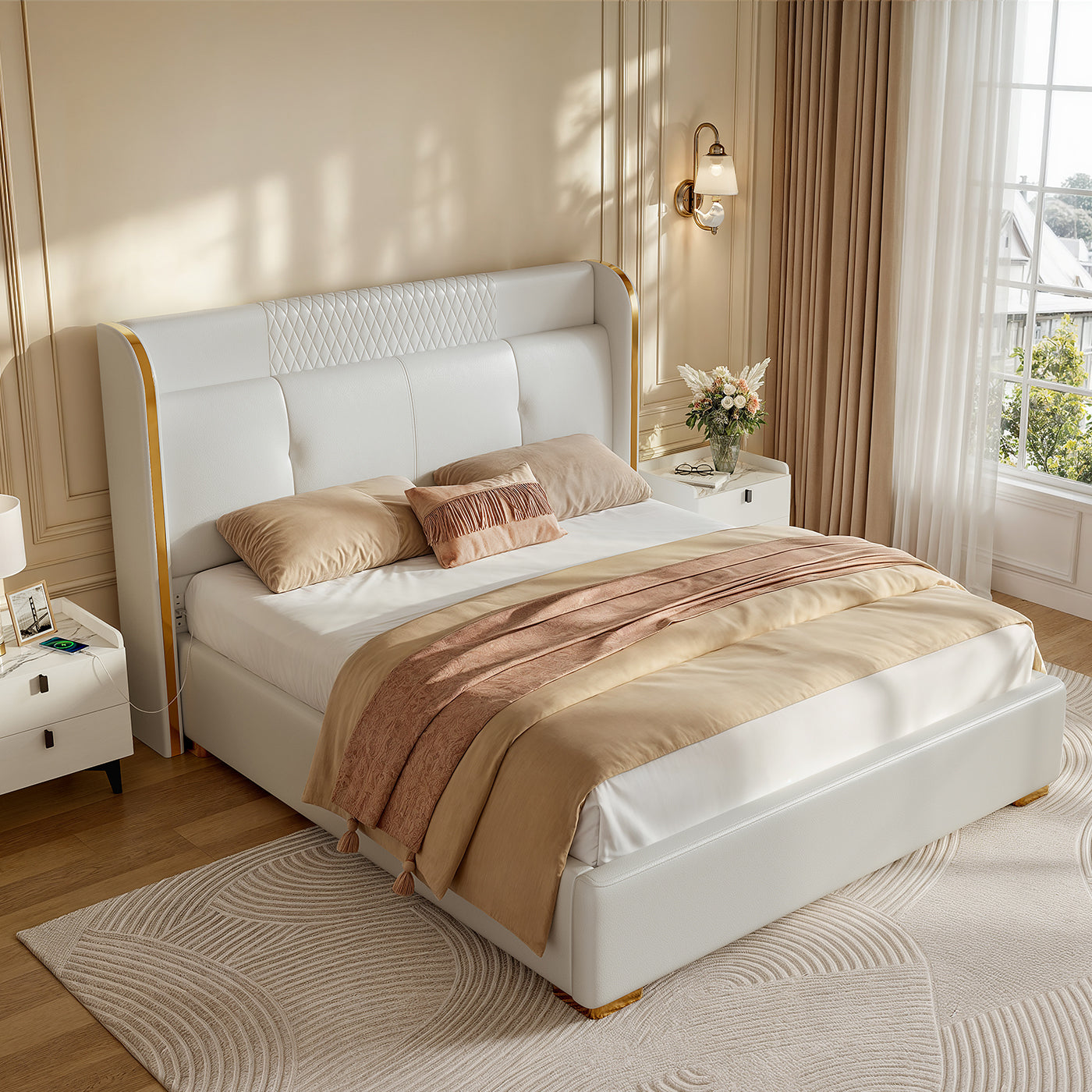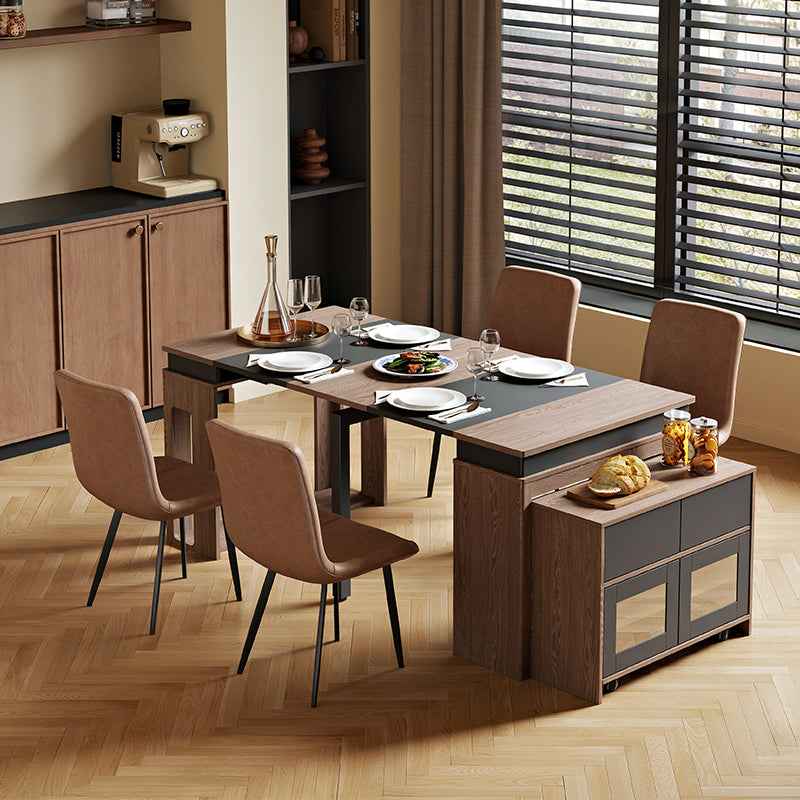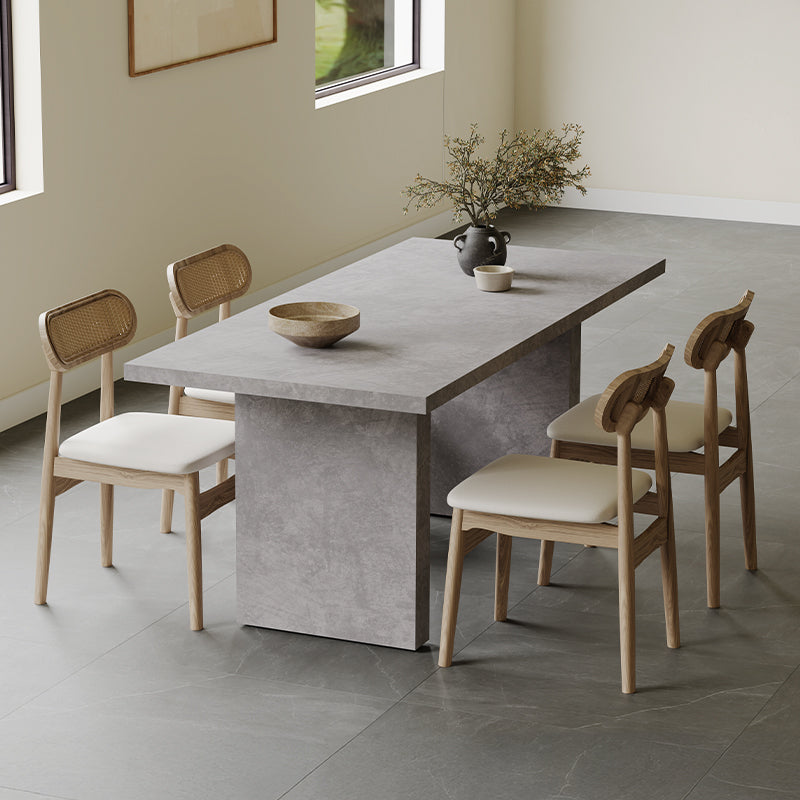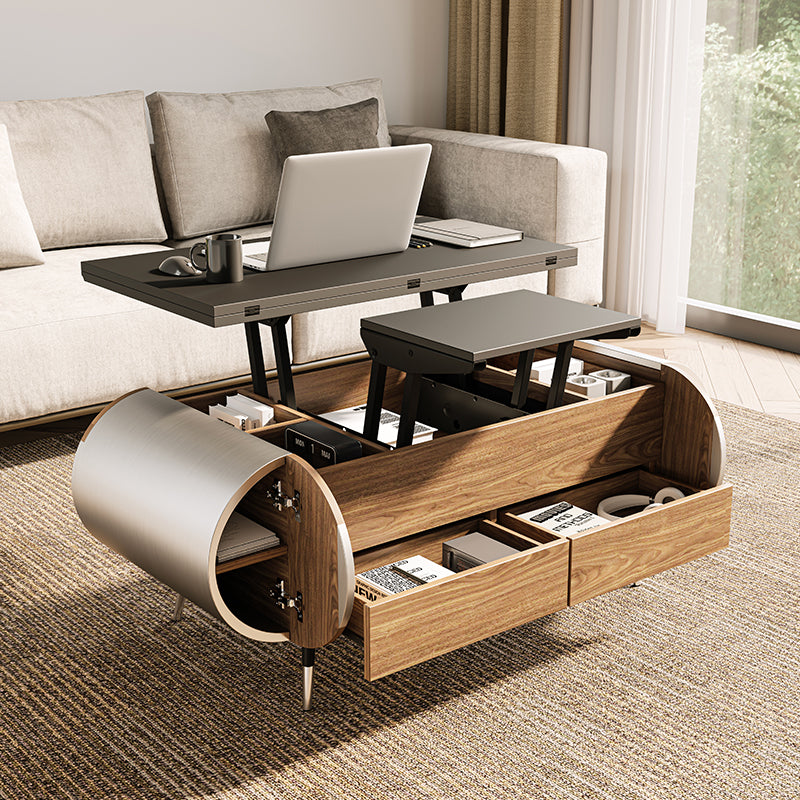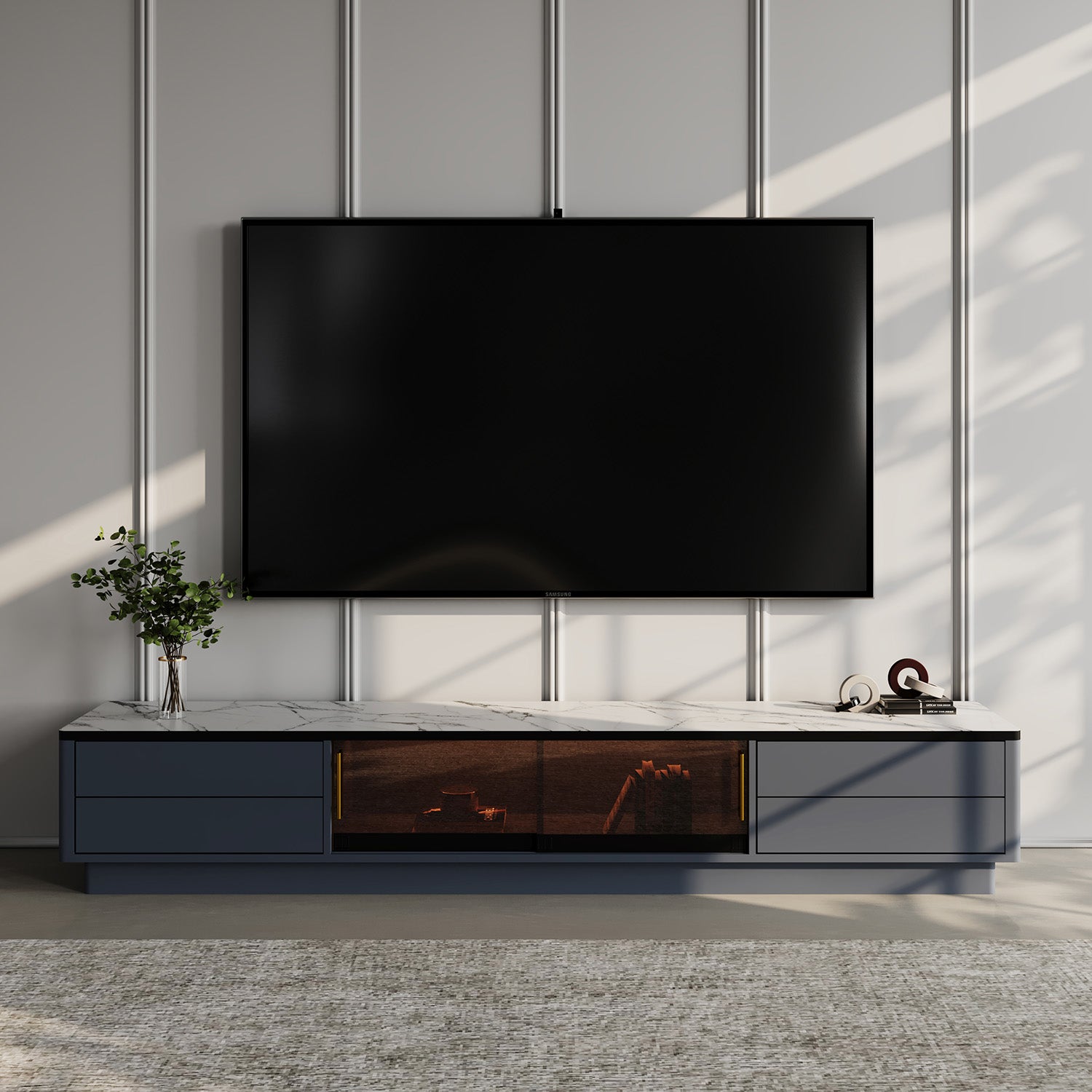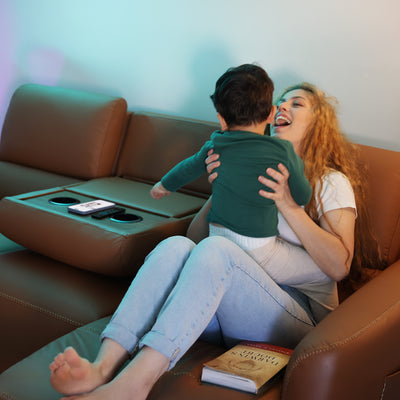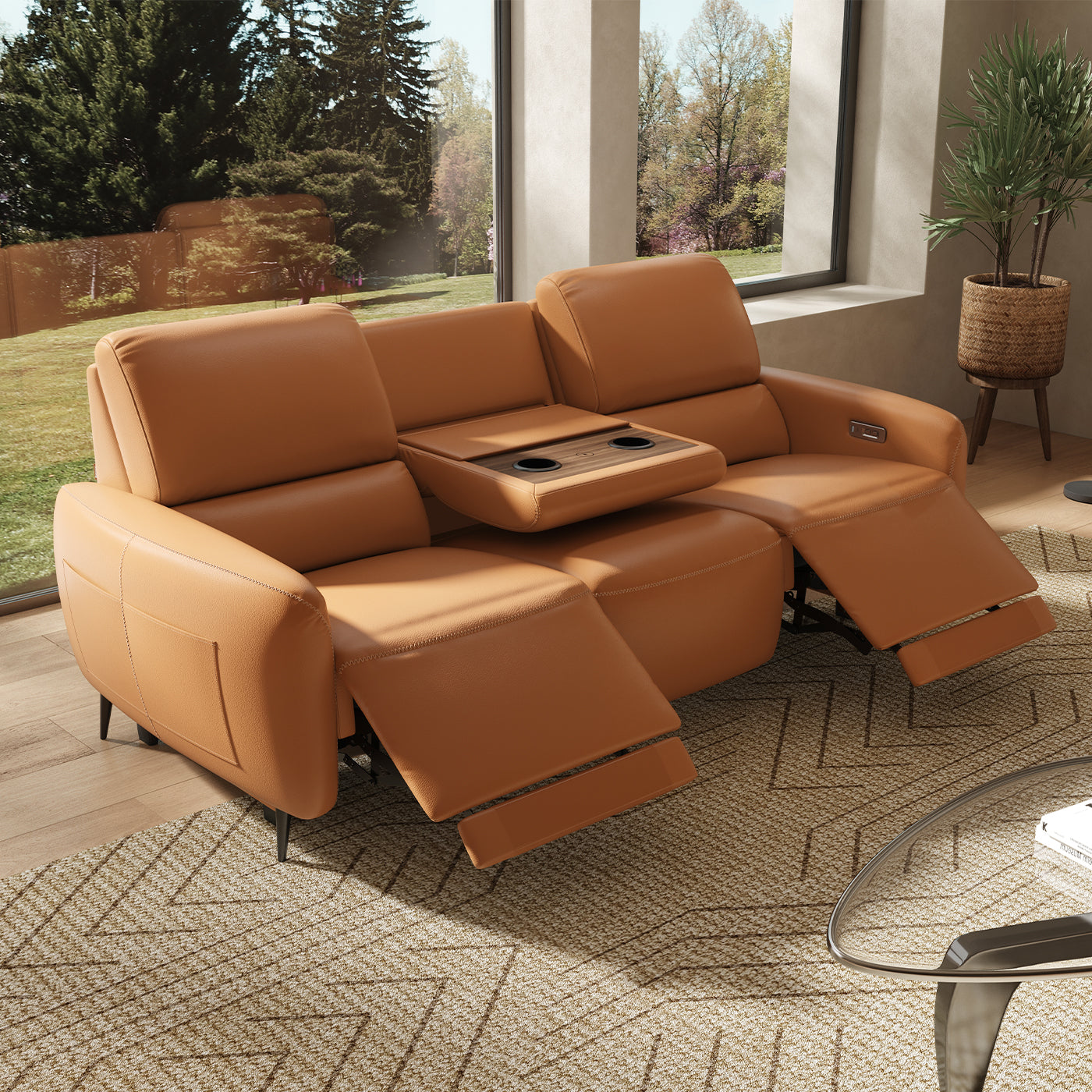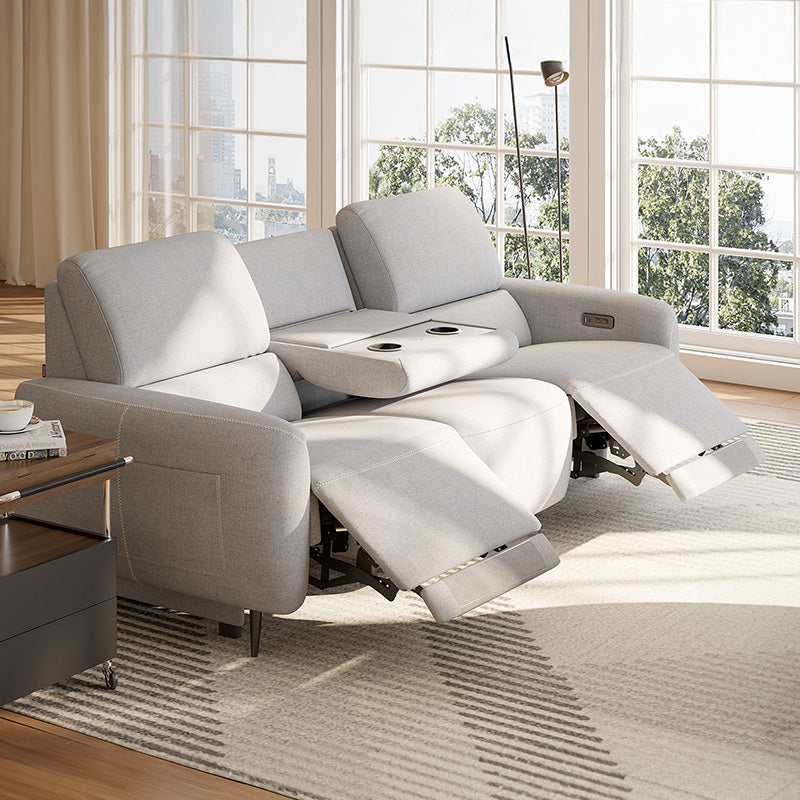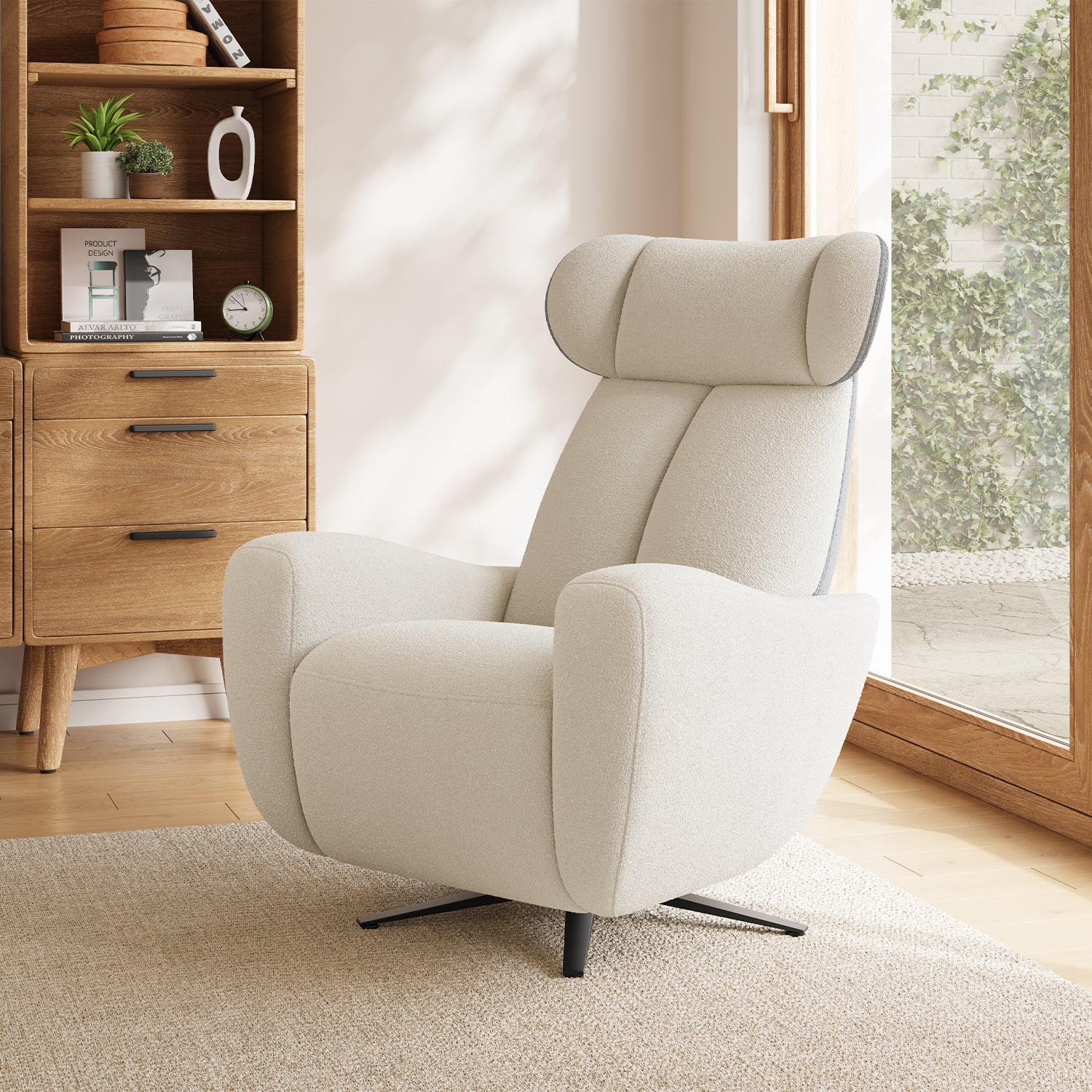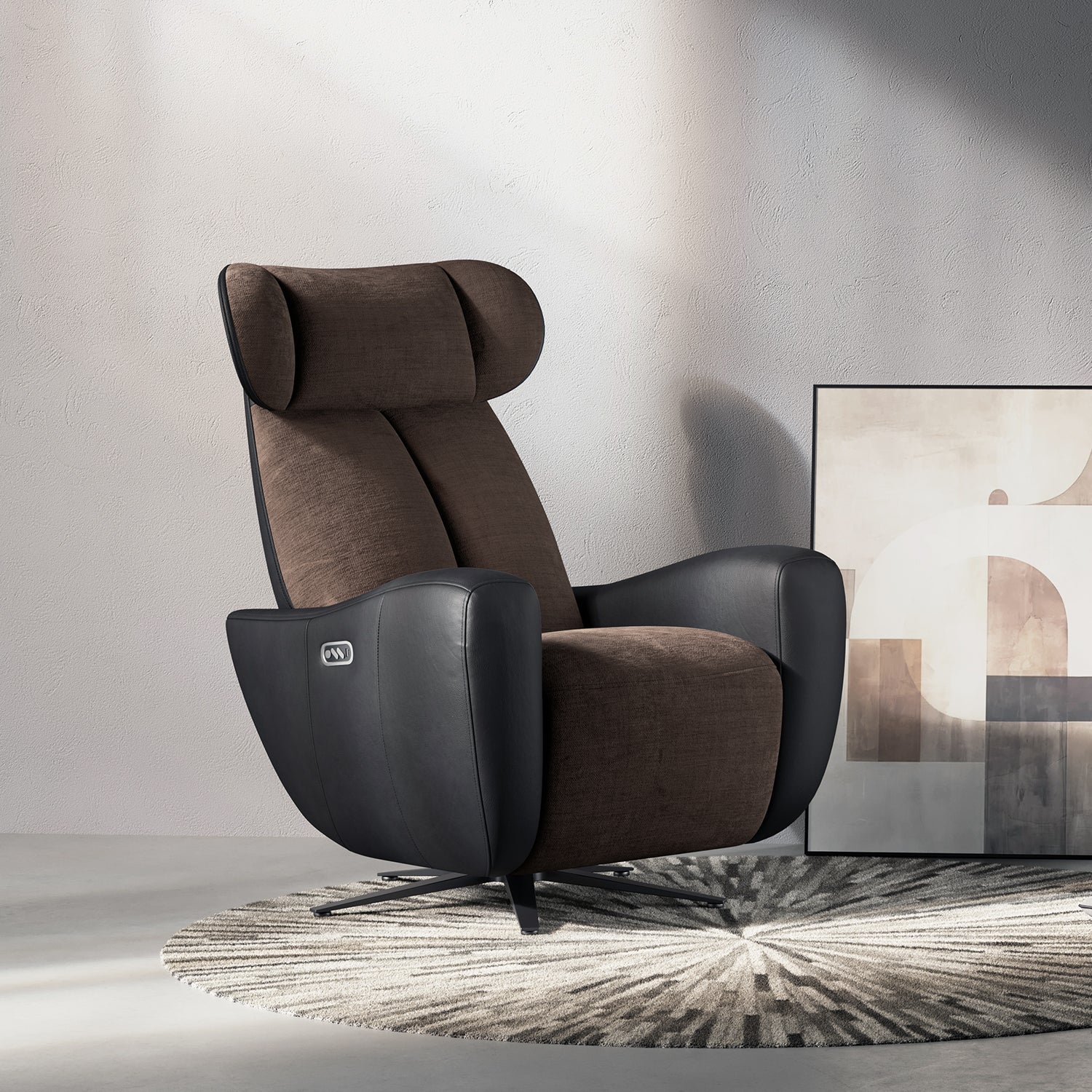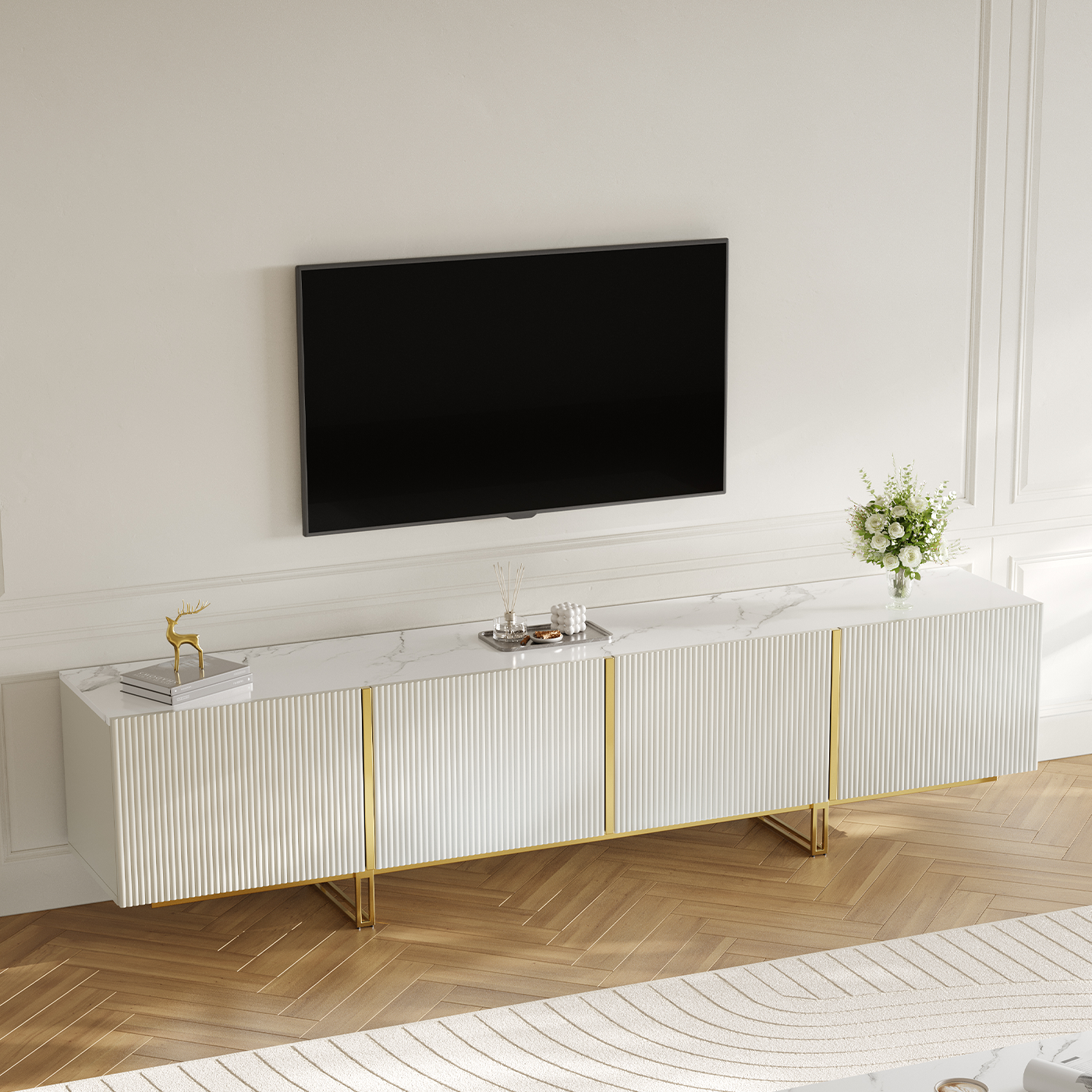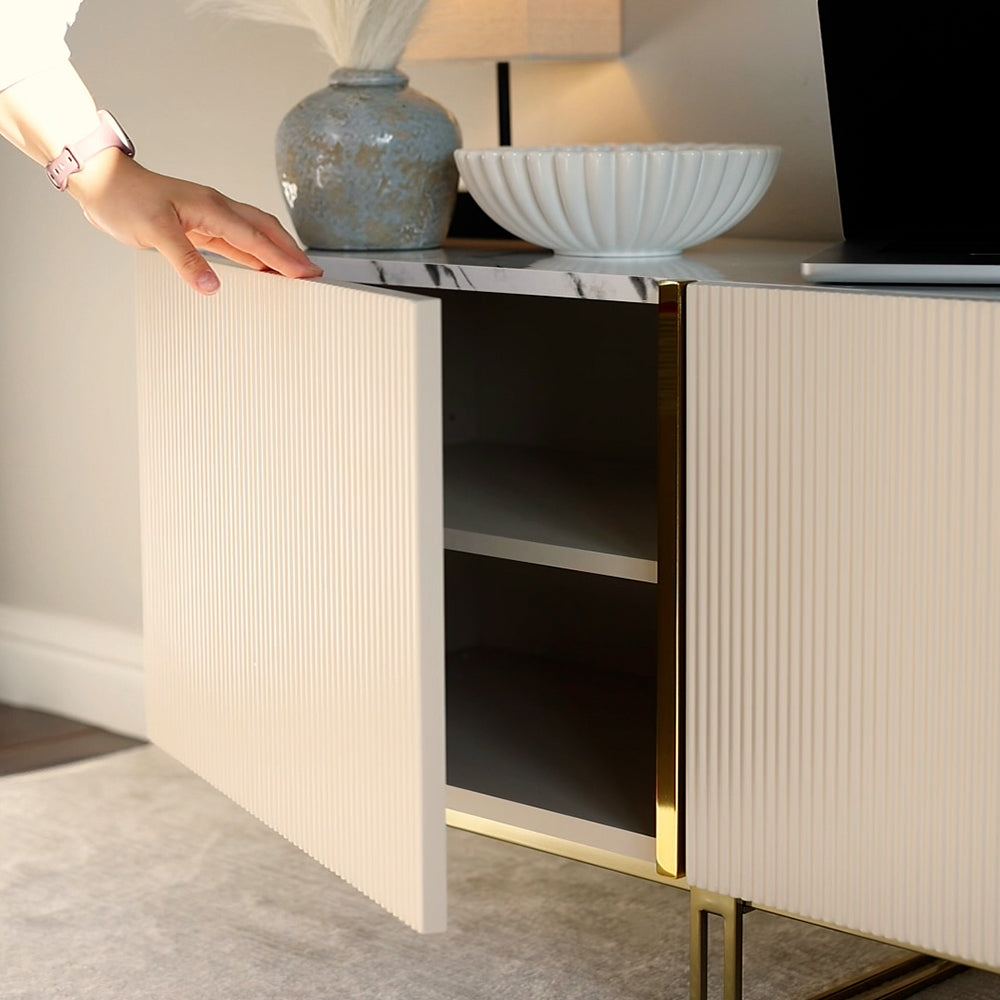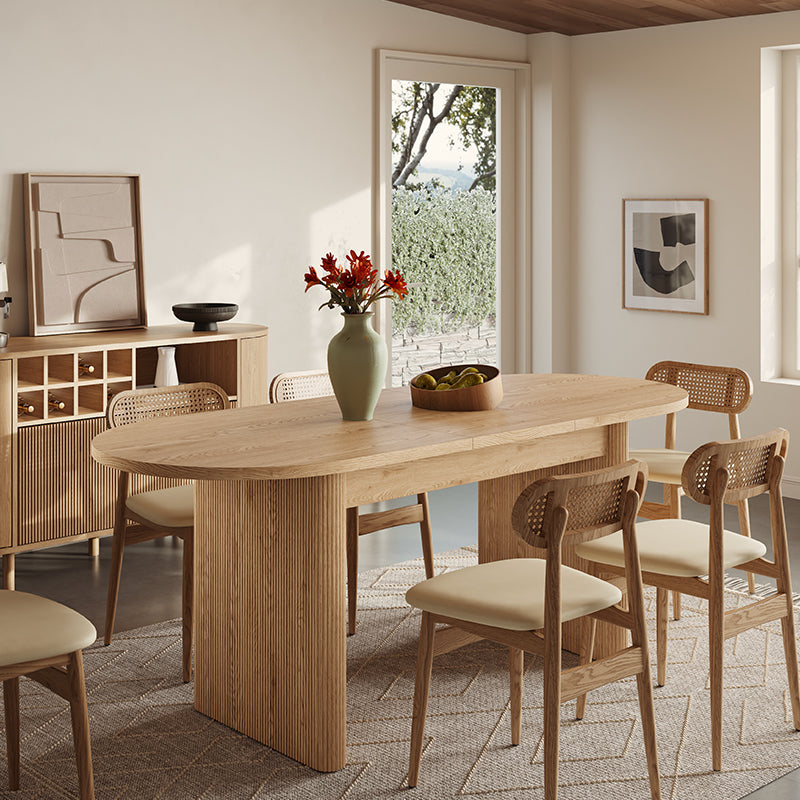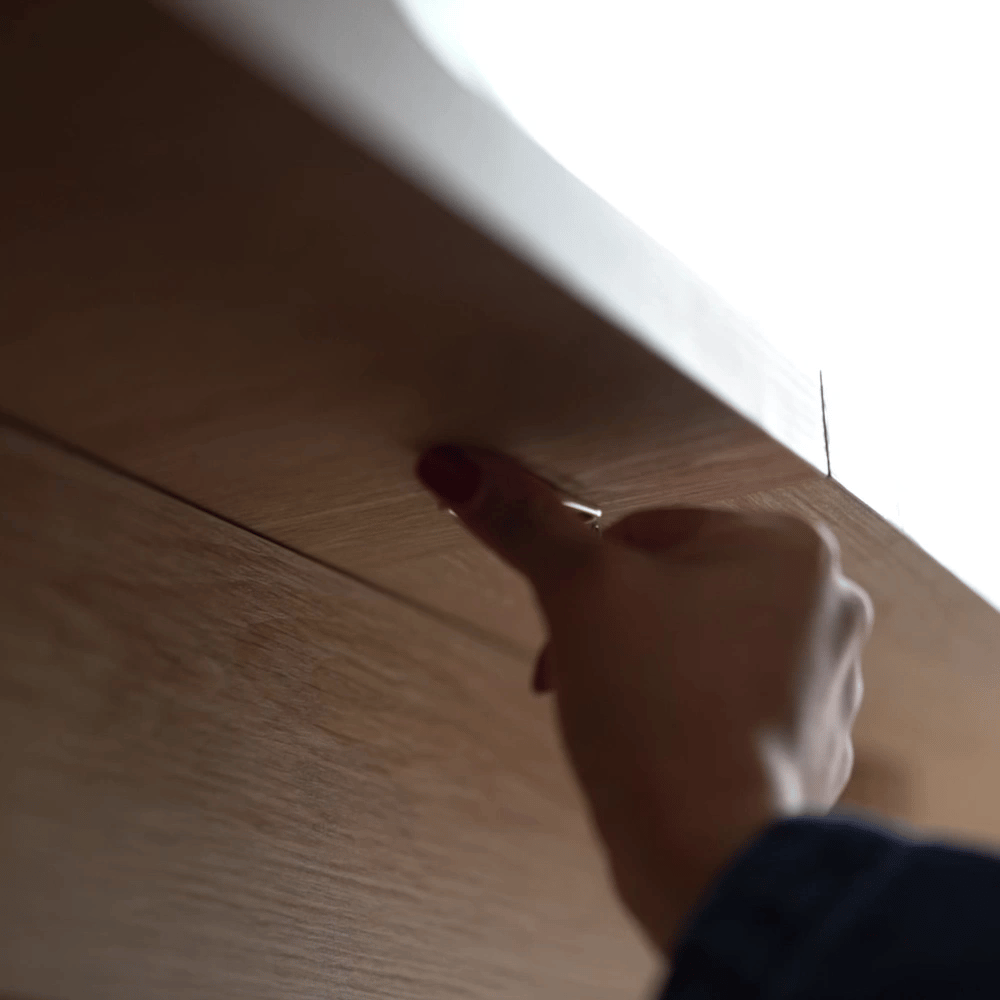Furniture design has a way of blending form and function, offering pieces that are as versatile as they are visually appealing. One such piece is the backless sofa, a unique seating option that adds elegance and flexibility to any space. But what exactly is a backless sofa called, and how can it enhance your home’s aesthetic?
Table of Content
What Is a Backless Sofa?

A backless sofa is a seating option that, as the name suggests, lacks a backrest. It is designed for seating or lounging and is often used as an accent piece in living rooms, bedrooms, and other areas. The absence of a backrest gives it a minimalist and open appearance, making it a popular choice for smaller spaces or as a versatile, multifunctional piece.
What Is a Backless Sofa Called?
Backless sofas are commonly referred to by several names, depending on their design and intended use:
1. Settee
A settee is a smaller, often upholstered bench with no backrest. Historically, settees were used in formal settings, such as drawing rooms or entryways, and were designed to provide compact seating.
2. Divan
The term "divan" originates from Middle Eastern furniture design. Traditionally, a divan was a low platform covered with cushions or textiles and placed against a wall. In modern usage, a divan refers to a long, backless sofa or daybed that can be used for seating or reclining.
3. Daybed
A daybed is a cross between a sofa and a bed. It is often backless or partially backed and serves dual purposes as seating during the day and a sleeping surface at night.
4. Chaise Lounge (Backless Version)
While many chaise lounges feature a partial backrest, some designs are entirely backless. These long, upholstered pieces are perfect for reclining and add a touch of luxury to a room.
5. Bench
A bench is the simplest form of a backless sofa. While not always upholstered, benches can serve as versatile seating options in living rooms, dining areas, or at the foot of a bed.
The History of Backless Sofas
The concept of backless seating dates back centuries and has been a prominent feature in various cultures:
- Middle East:
The divan originated as a platform for seating and reclining, covered in textiles and cushions. It was a central feature in homes and palaces.
- Europe:
During the 18th and 19th centuries, backless furniture like settees and daybeds became fashionable in aristocratic homes, often used in salons and boudoirs.
- Asia:
In traditional Japanese and Chinese interiors, backless seating pieces like low benches and mats emphasized minimalism and flexibility.
Benefits of Backless Sofas
1. Versatility
Backless sofas can be used in various ways, from seating to lounging. They fit seamlessly in different spaces, whether placed in a living room, entryway, or bedroom.
2. Space-Saving Design
The absence of a backrest makes these sofas more compact, perfect for smaller spaces or areas where visual openness is desired.
3. Elegant Aesthetic
Backless sofas exude sophistication and add a modern or classic touch to any room, depending on the style.
4. Multi-Directional Seating
Unlike traditional sofas, backless designs allow people to sit facing either direction, making them ideal for open-concept spaces or as room dividers.
5. Customizability
These sofas are highly customizable, with options for different materials, cushions, and finishes to suit your décor.
How to Use a Backless Sofa in Your Home
Living Room Accent Piece
Place a backless sofa in the center of your living room as an elegant accent. Its open design ensures it doesn’t obstruct sightlines, making it perfect for airy and modern interiors.
Bedroom Statement
Use a backless sofa or bench at the foot of your bed for added functionality and style. It can serve as a place to sit while putting on shoes or as a decorative feature.
Entryway Seating
In an entryway, a backless bench provides a convenient spot to sit while tying shoes or setting down bags. It also adds a welcoming touch to the space.
As a Divider
In open-concept layouts, a backless sofa can act as a subtle divider between different areas, such as the living and dining spaces, without blocking the flow of light or movement.
Outdoor Furniture
Backless designs are also popular in outdoor settings, such as patios and gardens, where they provide stylish and functional seating.

Materials and Styles
Backless sofas come in a variety of materials and styles, allowing them to blend into different interior themes:
- Upholstered:
For a plush, luxurious look. Popular fabrics include velvet, leather, and linen.
- Wooden:
Perfect for rustic or minimalist interiors. A wooden bench with cushions adds warmth and simplicity.
- Metal Frames:
Great for industrial or contemporary spaces, offering a sleek and modern aesthetic.
- Wicker or Rattan:
Ideal for bohemian or coastal décor, especially in outdoor settings.
Backless Sofas: Pros and Cons
Pros:
- Versatile and adaptable to multiple spaces.
- Stylish and elegant design.
- Ideal for small or open-concept rooms.
- Lightweight and easy to move.
Cons:
- Less supportive for extended seating without a backrest.
- May require additional cushions for comfort.
- Not ideal for lounging without additional support.
Conclusion
A backless sofa, whether it’s called a divan, daybed, settee, or bench, is a timeless and versatile piece of furniture. Its minimalist design makes it an elegant addition to any space, offering functionality and style in equal measure. Whether you’re creating a cozy nook, adding seating to a bedroom, or enhancing your living room’s décor, a backless sofa provides endless possibilities.
By choosing the right materials, placement, and styling, you can make a backless sofa a standout feature in your home, perfectly balancing practicality with aesthetic appeal.
If you want to buy our home furniture or couch for living room, you can check out more on our store

